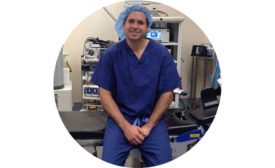Home » Keywords: » safety managers
Items Tagged with 'safety managers'
ARTICLES
Gloves mitigate the risks of crushes, pinching, blows & burns
Read More
Safety manager sent to prison for lying about workplace injuries
Treatment for broken bones, etc. was denied or delayed to get bonuses
April 16, 2013
Become a Leader in Safety Culture
Build your knowledge with ISHN, covering key safety, health and industrial hygiene news, products, and trends.
JOIN TODAYCopyright ©2025. All Rights Reserved BNP Media.
Design, CMS, Hosting & Web Development :: ePublishing









